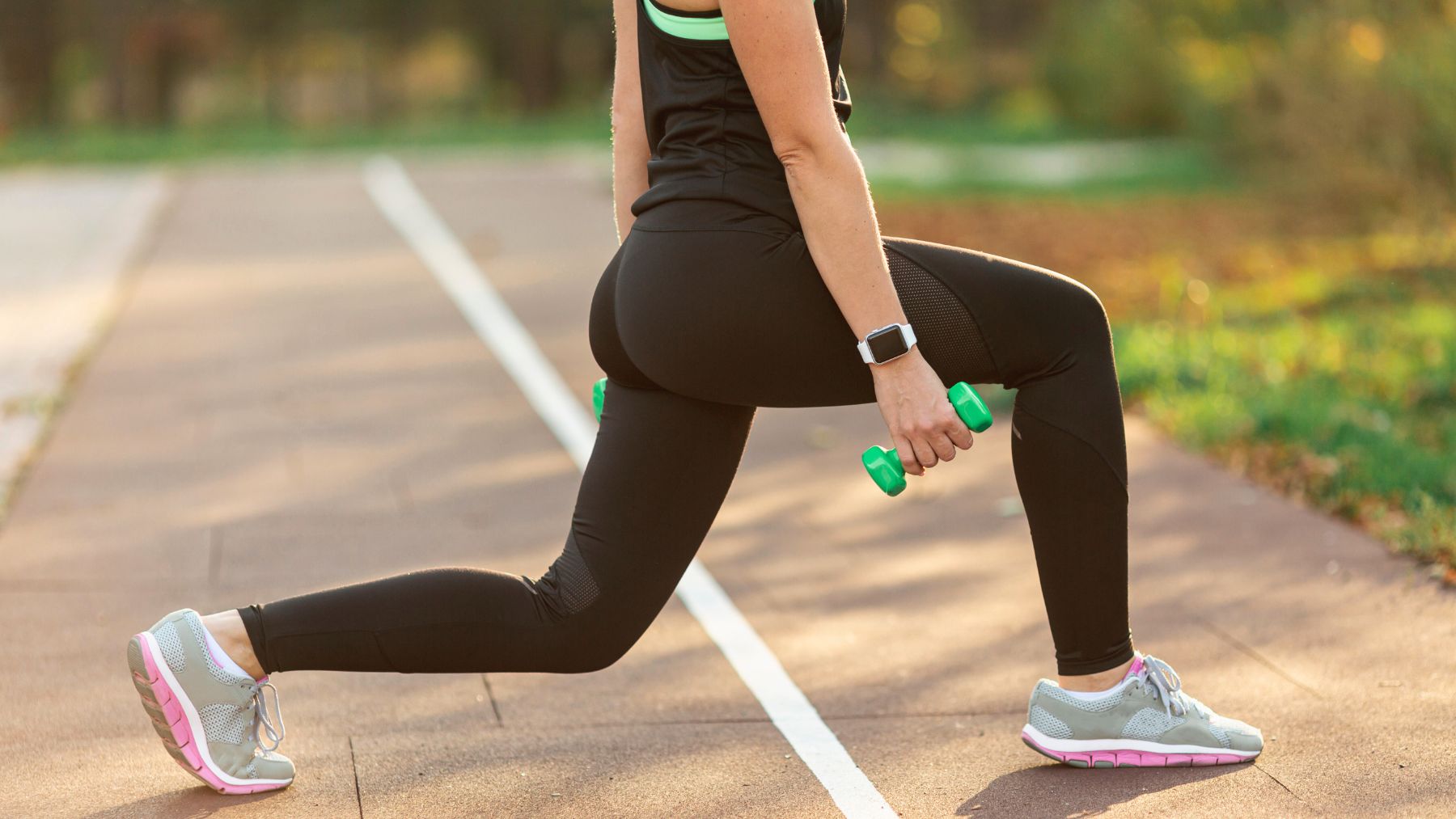You can take all the supplements and follow every diet trend, but if your legs are weak, your longevity could still take a hit. Strong legs are a key indicator of how well you’ll move, balance, and stay independent as you age. Research shows that people with more muscle mass in their thighs and lower body tend to live longer and remain more active.
Dr. Chad Maurer says leg strength—especially in the quadriceps—is one of the strongest predictors of mobility and independence later in life. “Exercise programs that include leg strengthening and balance training reduce the rate of falls by approximately 23%“, he explains. Let’s look at five expert-backed ways to build powerful legs, improve balance, and support long-term health.
How to strengthen your legs and add years to your life
Regular leg movement improves blood flow, helping the heart and brain function more efficiently. As Dr. Maurer notes, strong legs help keep you active, confident, and mentally sharp as you age. Here are five practical ways to build stronger legs that support a longer, more energetic life.
1. Squats
Squats are one of the most effective exercises for lower-body strength. They engage the quadriceps, hamstrings, glutes, and core, all essential for walking, climbing stairs, and maintaining posture. You don’t need weights to start; bodyweight squats can be enough to build endurance and stability. With time, adding resistance through dumbbells or resistance bands can accelerate results.
2. Step-ups
This simple move targets your thighs and glutes while challenging your balance. Step-ups mimic real-life movements like climbing stairs and can be done on a sturdy bench or step. They are great for older adults because they build both muscle and confidence in everyday mobility. If balance is an issue, use a wall or railing for support as you get started.
3. Lunges
Lunges work both the front and back of the legs while improving hip stability and coordination. Alternating sides helps develop even strength and flexibility. They also engage your core, which contributes to better posture and reduces the likelihood of lower back pain.
4. Calf raises
Often overlooked, the calves play a critical role in balance and movement. Calf raises strengthen these muscles and improve ankle stability, which helps prevent falls. Studies suggest that doing this exercise—especially after meals—can even help lower post-meal blood sugar levels by increasing muscle activation and circulation.
5. Walking
Don’t underestimate the power of walking. It’s one of the easiest and most accessible ways to keep your legs active and strong. Walking regularly improves cardiovascular health, enhances bone density, and keeps muscles engaged without overloading the joints.
Strong legs are the foundation of independence and vitality, and consistency is the secret ingredient in all of this. Regularly training your legs—even for short sessions a few times a week—builds strength, improves endurance, and keeps joints healthy.
Add small habits like standing up often, taking short walks, or doing sit-to-stands throughout the day. By investing time in building lower-body strength now, you’re training for longevity, confidence, and the freedom to move well for years to come.

